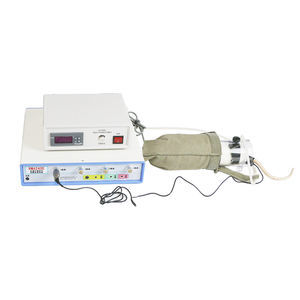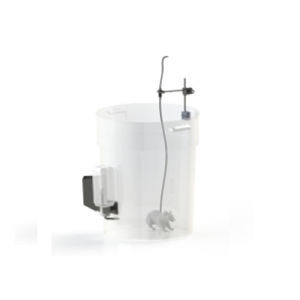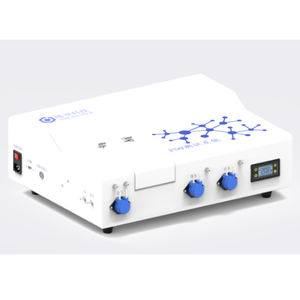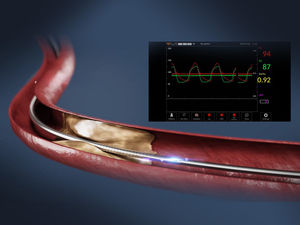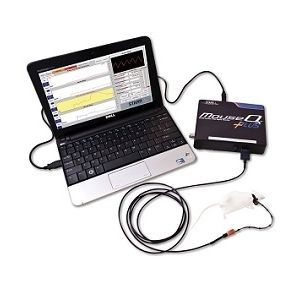
- Medical Technical Facilities
- Intensive care
- Healthcare facility imager
- Shanghai TOW Intelligent Technology
- Company
- Products
- Catalogs
- News & Trends
- Exhibitions
Healthcare facility imager infusionblood flowlaser speckle contrast
Add to favorites
Compare this product
fo_shop_gate_exact_title
Characteristics
- Applications
- for healthcare facilities, infusion, blood flow
- Technology
- laser speckle contrast
Description
An advanced imaging technology based on dynamic laser speckle analysis, specifically designed for animal experiments and clinical research. It enables real-time, non-invasive monitoring of microcirculatory blood flow dynamics in living tissues, providing a precise visualization tool for cardiovascular disease research, drug efficacy evaluation, neuroscience, wound healing, and other fields.
Principle:
When a target is illuminated by a laser beam, the reflected light forms a random interference pattern (composed of bright and dark areas), known as a laser speckle pattern. If the target is stationary, the speckle pattern remains unchanged. However, movement of the target—such as red blood cell motion in tissues—causes fluctuations in the speckle pattern. The rate of speckle variation depends on the velocity of the moving target within the monitored area: faster movement results in more pronounced speckle changes. This variation is quantified as speckle contrast, which correlates with blood flow velocity. This principle forms the basis for assessing blood perfusion using laser speckle technology.
By analyzing microcirculatory blood flow parameters, the system evaluates vascular structure, microcirculatory function, and metabolic activity. It enables research into pathological mechanisms and microcirculatory changes during ischemia, hypoxia, stroke, inflammation, edema, hemorrhage, allergies, shock, tumors, burns, frostbite, and radiation damage.
Dynamic Speckle Algorithm Optimization
Ultra-Sensitive CMOS Sensor
Thermal-Controlled Laser Safety
Rapid Auto-Focus & Precision Electric Focus
Optical Lens Array
Catalogs
No catalogs are available for this product.
See all of Shanghai TOW Intelligent Technology‘s catalogsOther Shanghai TOW Intelligent Technology products
Signal Acquisition
Related Searches
- Nebuliser
- Electronic nebuliser
- Pneumatic nebulizer
- Compact nebuliser
- Ultrasonic nebulizer
- Resuscitation system
- Blood gas analyzer
- PCO2 blood gas analyzer
- PO2 blood gas analyzer
- K+ blood gas analyzer
- Na+ blood gas analyzer
- Blood blood gas analyzer
- PH blood gas analyzer
- Portable resuscitation system
- Whole blood blood gas analyzer
- Healthcare facility imaging system
- Automatic oxygen therapy system
- Oxygen therapy system with flow meter
- Research nebulizer
- Blood flow imaging system
*Prices are pre-tax. They exclude delivery charges and customs duties and do not include additional charges for installation or activation options. Prices are indicative only and may vary by country, with changes to the cost of raw materials and exchange rates.







